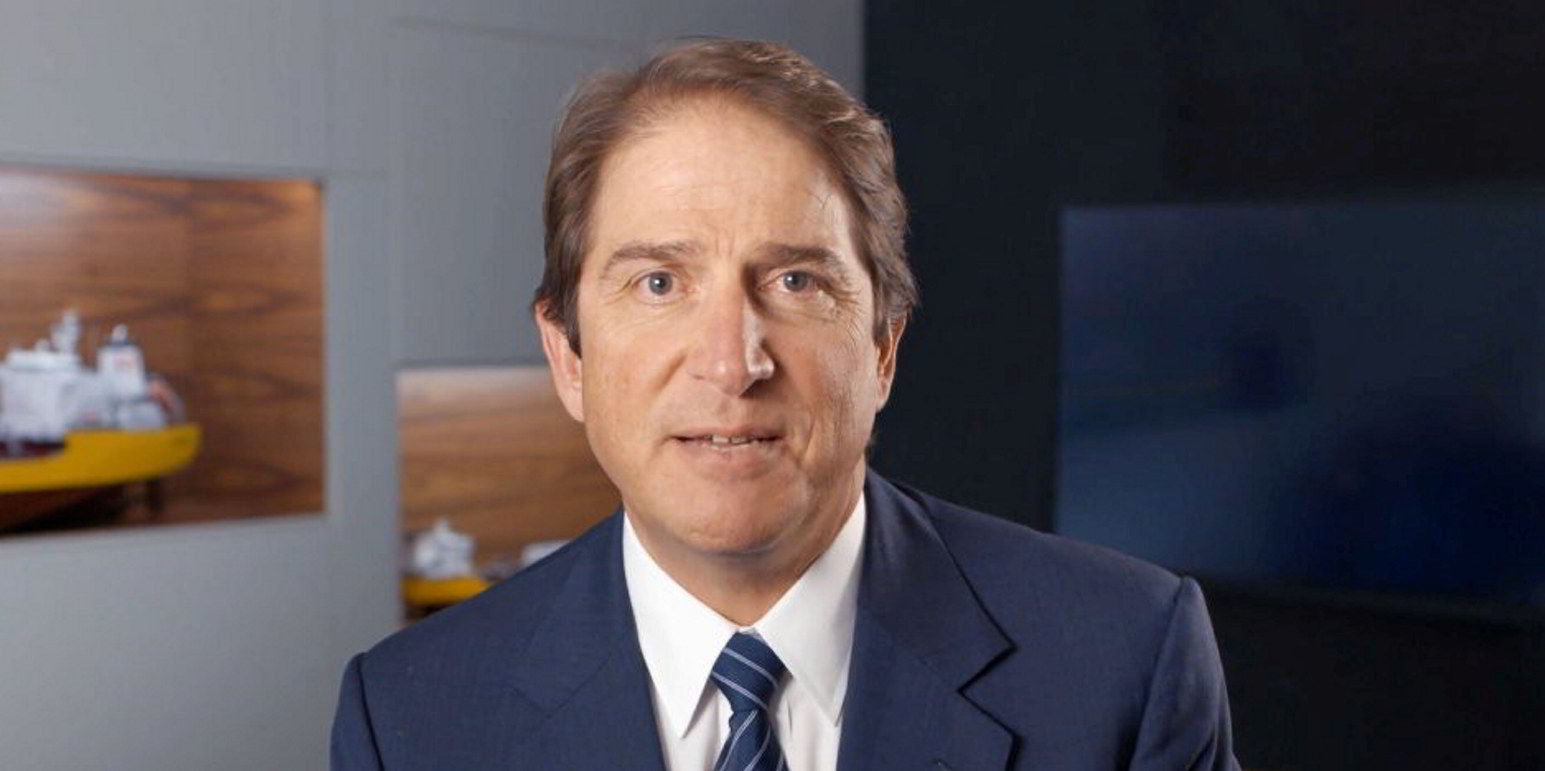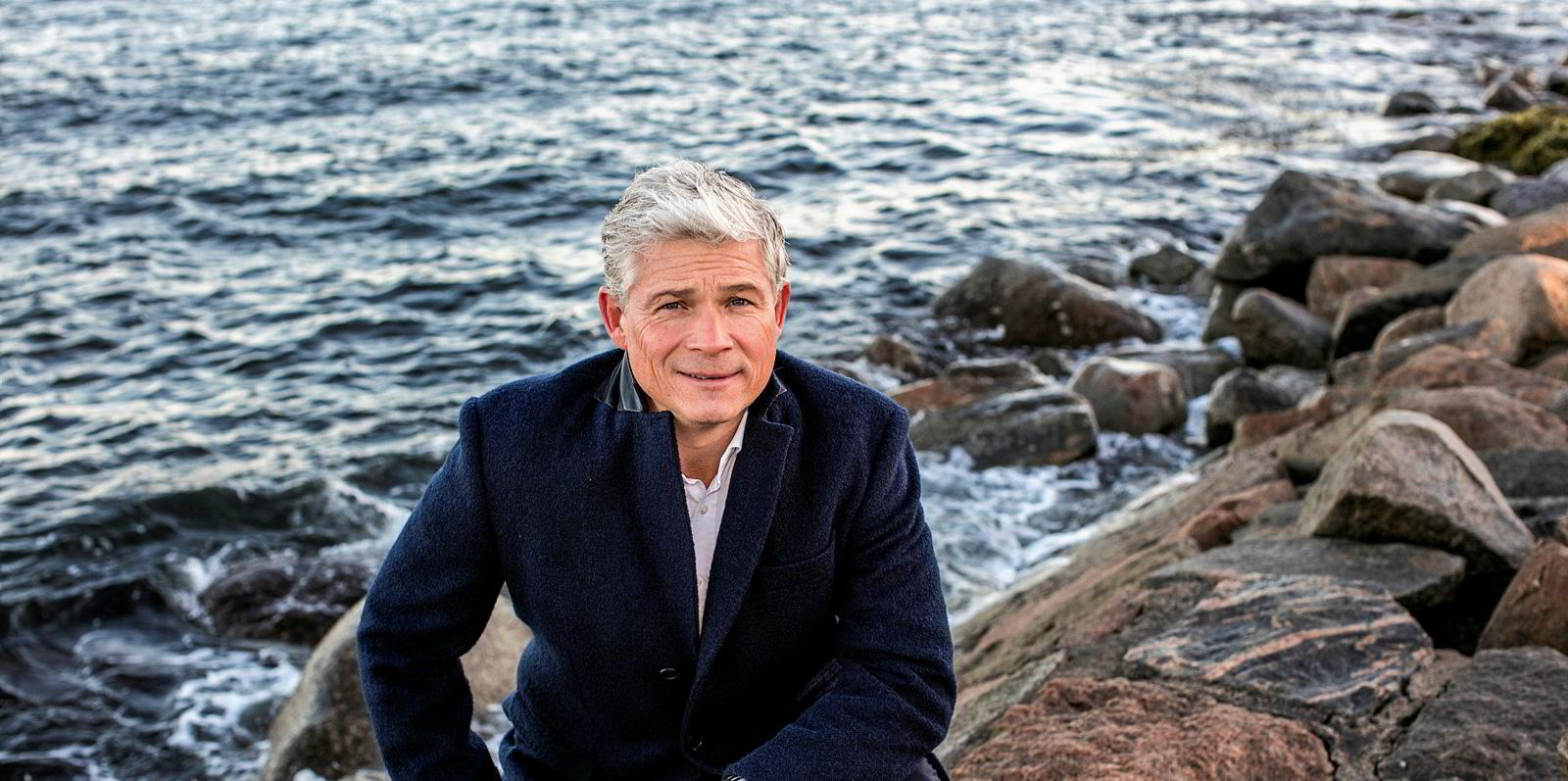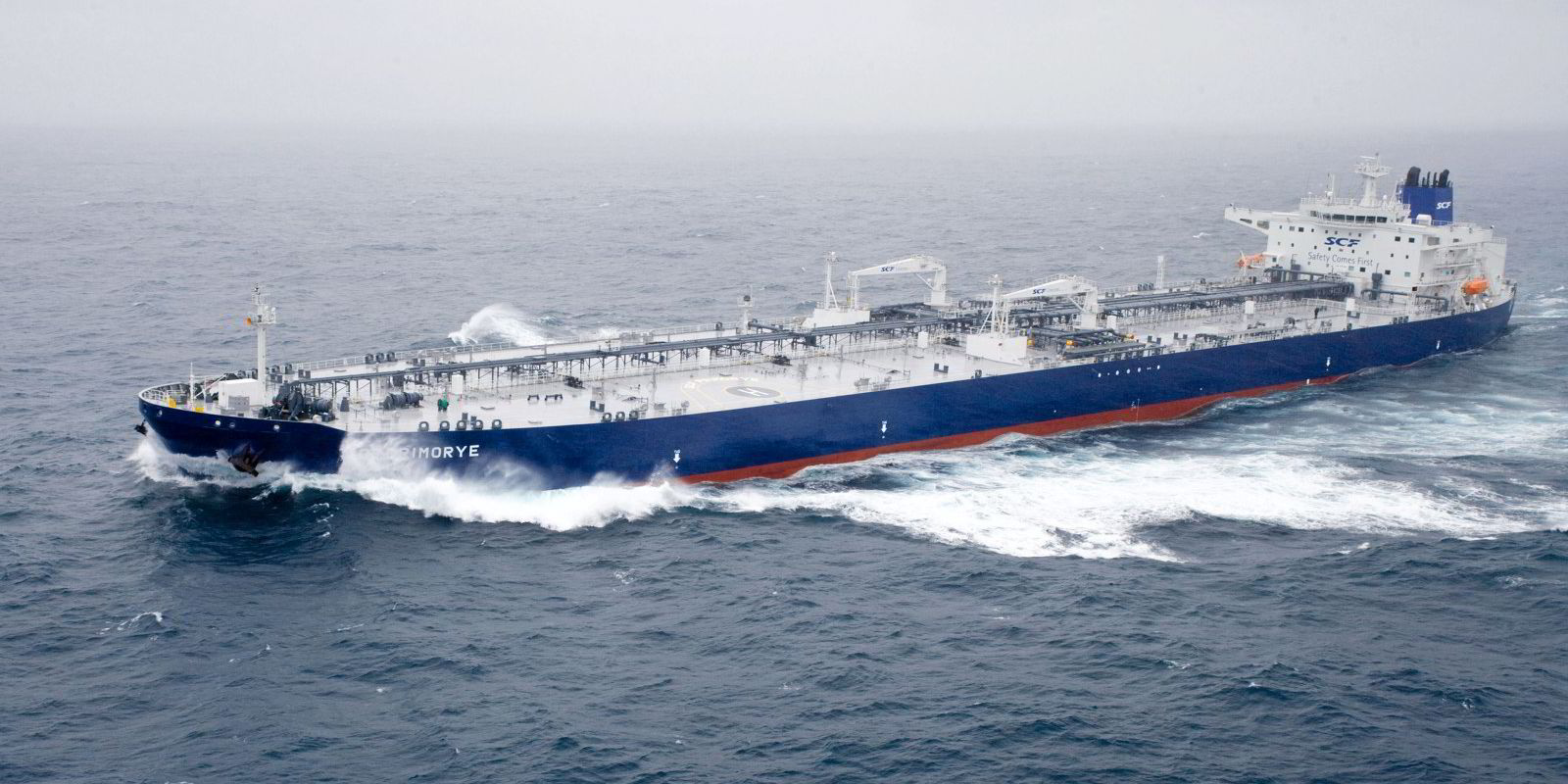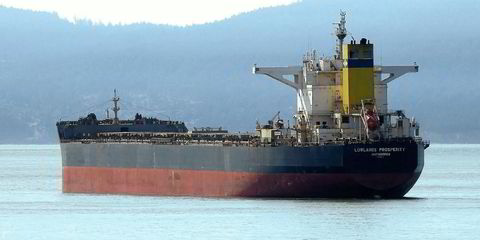Norwegian chemical carrier owner Stolt-Nielsen is celebrating its best quarterly result since 2008 after prospering in what are usually the weakest months of the year.
And more profit could be on the way as Russian disruption increases tonne-miles and reduces competition from conventional MR tankers in chemical trades.
The Oslo-listed company logged net earnings of $52.3m to 28 February, against $2.5m a year ago and well ahead ahead of analyst expectations.
Fearnley Securities said the result was $16m above its estimate due to lower depreciation, higher joint venture income and slightly lower interest cost.
Revenue jumped to $606.2m from $480.2m the year before.
The Stolt Tankers division reported operating profit of $25m, up from $12.9m, as rising bunker prices were more than offset by fuel surcharges and higher spot rates.
The vessels achieved $18,786 per operating day based on an average ship size of 31,717 dwt, marginally up from $18,438 in the previous quarter.
The bulk liquids trucking operation Stolt Tank Containers (STC) was a strong driver of earnings with operating profit of $40m, compared to $8m in 2021.
Chief executive Niels Stolt-Nielsen said: “Typically the first quarter of the year is the seasonally weakest quarter for our businesses.
“However, this year the first quarter showed no signs of weakness as we posted our strongest quarterly results since 2008, with Stolt Tank Containers leading the way with record earnings,” he added.
And the CEO explained that although STC’s shipment volumes were down, margins held firm, supported by the group’s ability to secure space on container ships for tank containers, as well as higher demurrage revenue due to delays.
No ’normal’ for now
But Stolt-Nielsen added: “Just as we thought life would go back to ’normal’ after the pandemic, war breaks out in Ukraine.”
“The central banks are raising interest rates, trying to curb inflation. Oil and gas prices are skyrocketing and a new outbreak of Covid is lurking in China. I can’t imagine a more difficult environment to give a quarterly guidance, but let me try,” he added.
There have been no further newbuilding orders in the chemical tanker space, the CEO said.
And there is a drive to secure refined products away from Russia, causing increased tonne-mile demand in the MR tanker market and resulting in these “swing tonnage” vessels beginning to exit the chemical trades, he added.
The CEO also said that tanker rates are continuing to match the rise in fuel costs in the second quarter.
From containers to tankers?
The boss expects volumes for STC to reduce because of the demand destruction caused by high container ship rates.
“The value of some of the products we carry in STC cannot justify these increased rates and the products could possibly move back to chemical tankers,” he added.
On 7 March, Stolt-Nielsen revealed a 5% stake in chemical tanker rival Odfjell.
“This investment is driven by our belief in the chemical tanker industry and a pending recovery,” Stolt-Nielsen said.
The move “naturally prompted speculation about a potential merger between Stolt Tankers and Odfjell Tankers,” he added.
The CEO has previously spoken out about the need for consolidation in the chemical tanker industry.
He reiterated this belief, saying it is the best way to “make our industry environmentally and economically sustainable”.






